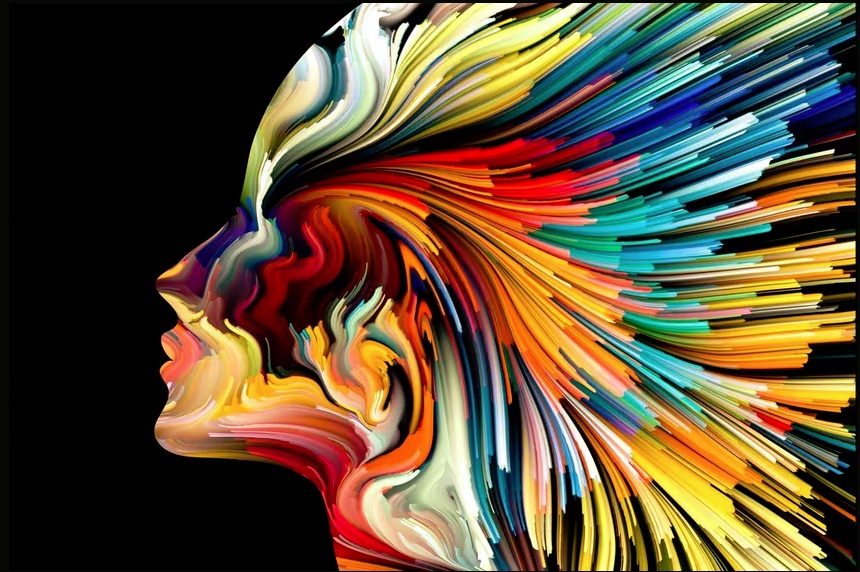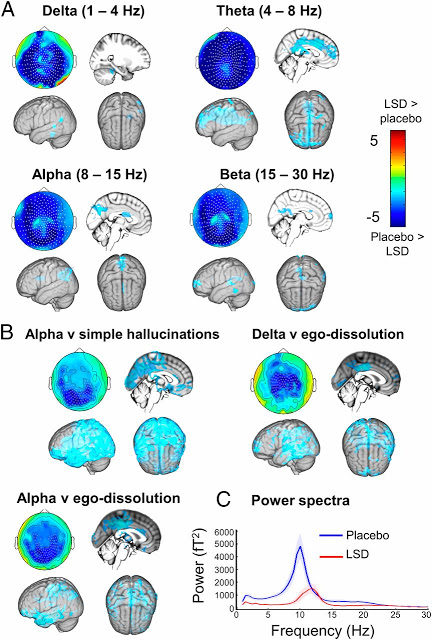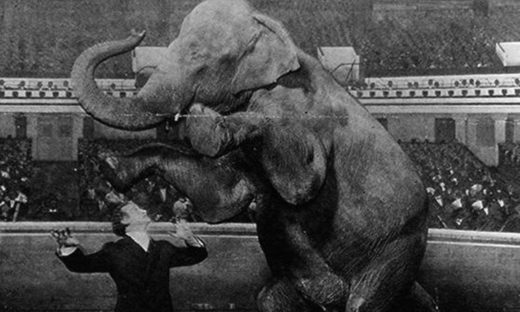Under the mainstream physicalist view that brain activity is, or somehow generates, the mind, the findings certainly seem counterintuitive: How can the richness of experience go up when brain activity goes down? Understandably, therefore, researchers have subsequently endeavored to find something in patterns of brain activity that reliably increases in psychedelic states. Alternatives include brain activity variability, functional coupling between different brain areas and, most recently, a property of brain activity variously labeled as "complexity," "diversity," "entropy" or "randomness" - terms viewed as approximately synonymous.
The problem is that modern brain imaging techniques do detect clear spikes in raw brain activity when sleeping subjects dream even of dull things such as staring at a statue or clenching a hand. So why are only decreases in brain activity conclusively seen when subjects undergo psychedelic experiences, instead of dreams? Given how difficult it is to find one biological basis for consciousness, how plausible is it that two fundamentally different mechanisms underlie conscious experience in the otherwise analogous psychedelic and dreaming states?
Perhaps because it is so hard to make sense of these results, science journalists routinely report them inaccurately, sometimes encouraged by careless statements from the researchers themselves. For instance, a 2014 study found that psychedelics increase activity variability in certain brain regions. Naturally, variability is not the same as activity, for the same reason that acceleration is not the same as speed. Yet, here is how the media reported on the study:
"Researchers ... found increased activity in regions of the brain that are known to be activated during dreaming."This echoes the way a study co-author seems to have inadvertently misrepresented the study's findings in a non-technical essay:
"[The psychedelic] increased the amplitude (or 'volume') of activity in regions of the brain that are reliably activated during dream sleep."Despite these statements, the technical study alluded to says nothing of the kind, neither explicitly nor by implication. It only shows that activity levels varied more in psychedelic states.
This pattern of misreporting is consistent and sustained, as one of us elaborated upon elsewhere following the spectacularly erroneous manner in which the media covered the 2016 publication of yet another study.
Let us be clear: we are not suggesting malicious intent. Our point is that paradigmatic expectations can make it all too easy to cherry-pick, misunderstand and then misrepresent results so as to render them consistent with the reigning worldview. And because the community at large shares the same expectations, such errors easily go unnoticed.
Perhaps more worryingly, paradigmatic expectations may be playing a disproportionate role in the research itself. For example, in a 2014 study the correlations between activity in different brain regions were represented as graphs, with the regions as nodes and the associated correlations as links drawn between nodes. By applying successively lower levels of correlation as the minimum threshold for linking nodes, the researchers created the appearance that the brain under psychedelics displays dramatically increased global connectivity.
In all fairness, the authors themselves described these graphs as "simplified cartoons" and encouraged caution in their interpretation. However, the graphs were subsequently used with no such qualification by respected journalist Michael Pollan - in his otherwise excellent recent book on psychedelics - as the primary prop for a conventional physicalist interpretation of the brain imaging results. Puzzlingly, Pollan barely mentions the far more impressive and direct measurements of decreased brain activity reported in multiple other studies.
Recently, researchers reanalyzed data from several experiments using their own measures of the brain activity "diversity" mentioned earlier. Their measures successfully discriminated between ordinary waking consciousness and conditions involving diminished awareness. More importantly, they also discriminated statistically between waking consciousness and states of expanded awareness produced by psychedelics.
However, the increases in "diversity" observed in psychedelic states were tiny - far smaller than the reductions associated with diminished awareness - and occurred very near the top of the complexity scale, meaning that there is little room for improvement. An inherent and unresolved tension also remains between (a) "diversity" as a measure of differentiation in neural activity and (b) the long-range integration across brain regions that is required by the associated theories. Finally, to suggest that brain activity randomness explains psychedelic experiences seems inconsistent with the fact that these experiences can be highly structured and meaningful - often even the most meaningful in life.
In short, a formidable chasm still yawns between the extraordinary richness of psychedelic experiences and the modest alterations in brain activity patterns so far observed. It remains possible that further improvements in measurement technique will at least partly bridge this chasm. If an alternative measure closely related to, but more elaborate than, "diversity" were applied to psychedelic states, for example, a conspicuous gap in the literature would be closed.
A recent overview situates the latest psychedelic research in a larger historical context. Informed observers have always interpreted psychedelic experiences as incursions into awareness of normally hidden parts of the mind. The hypothesis is that psychedelics disrupt some sort of "reducing valve" mechanism that normally confines awareness within limits defined by the needs of everyday life. Today's physicalist neuroscientists aspire to provide an account of this process in strictly neural terms, under the assumption that everything that enters awareness must come from somewhere in the brain.
Earlier advocates of the "reducing valve" model, however, felt compelled by evidence to adopt a broader view: consciousness, they argued, "overflows the organism" (Henri Bergson) and is ultimately grounded in some sort of transpersonal "mind at large" (Aldous Huxley).
Although determined proponents of the physicalist worldview regard such ideas as unworthy of consideration, we dare to think otherwise. For one, transformative experiences like those produced by psychedelics can occur under a wide variety of circumstances bearing little physiological similarity with psychedelic states. A broader - but still naturalistic - "reducing valve" model can accommodate these phenomena. It can also more naturally make sense of the overall reductions in brain activity produced by psychedelics - their most prominent effect - the expansion of awareness sometimes associated with brain function impairment and numerous related phenomena.
Despite assumptions to the contrary, physicalism is not the only scientifically grounded worldview on offer. Alternative conceptual frameworks of that sort exist, as we have elaborated upon in our past and upcoming books. The psychedelic brain imaging research discussed here has brought us to a major theoretical decision point as to which framework best fits with all relevant data. We hope this essay will encourage open-minded readers to take seriously the wider possibilities now coming into view.
Bernardo Kastrup has a Ph.D. in computer engineering from Eindhoven University of Technology and specializations in artificial intelligence and reconfigurable computing. He has worked as a scientist in some of the world's foremost research laboratories, including the European Organization for Nuclear Research (CERN) and the Philips Research Laboratories. Bernardo has authored many academic papers and books on philosophy and science. His most recent book is "The Idea of the World: A multi-disciplinary argument for the mental nature of reality," based on rigorous analytic argument and empirical evidence. For more information, freely downloadable papers, videos, etc., please visit www.bernardokastrup.com.
Edward F. Kelly is a professor in the Division of Perceptual Studies (DOPS), a research unit within the Department of Psychiatry and Neurobehavioral Sciences at the University of Virginia Medical School. He served as lead author of Irreducible Mind (2007) and Beyond Physicalism (2015), which systematically explore empirical and theoretical topics related to the primacy of mind in nature. His research interests currently focus on intensive neuroimaging studies of altered states of consciousness in exceptional subjects of various kinds.






They're based on a system based on flawed medical pardigm .
How can a world,where everything is with out,know anything of value from something so deep witin